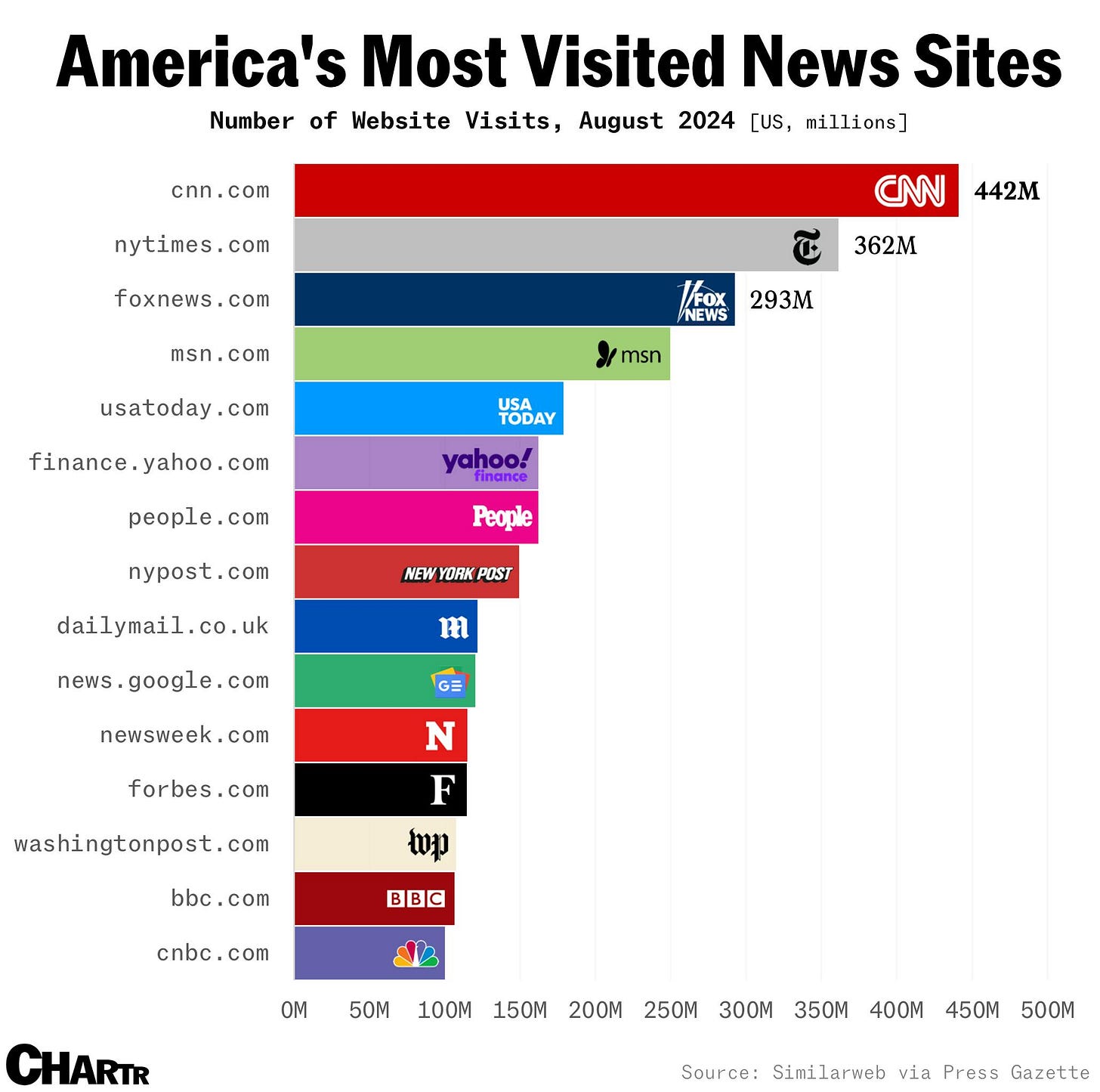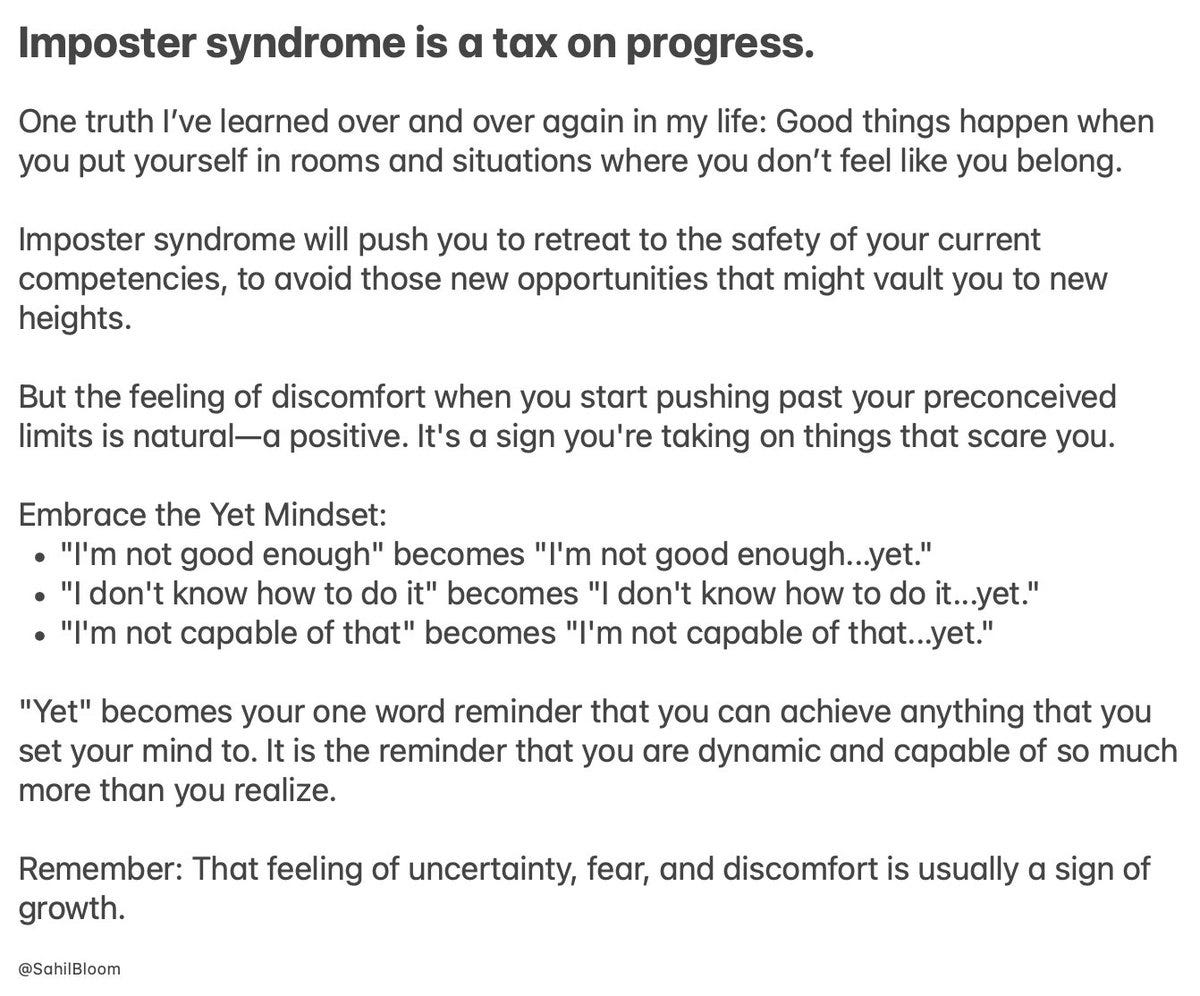Welcome to the Sunday Primer,
As we dive into October, the markets are on a roll, with the S&P 500 having its best start to a year since 1997. Despite September’s reputation as a tough month for stocks, the rally continues, and investors are optimistic about what’s next — especially with talk of possible rate cuts and steady economic growth.
But it’s not all smooth sailing. There are still concerns about a recession, and the upcoming U.S. election could stir things up. Plus, a potential shutdown of key U.S. ports could seriously impact trade. We’ll dive into what’s driving the market and the risks to keep an eye on.
Enjoy today’s newsletter!
- Humphrey & Rickie
Market Report
Stocks Race Into October as US Election Approaches
The U.S. stock market has shown remarkable resilience, with the S&P 500 Index posting its third consecutive winning week and achieving its best start to a year since 1997.
Despite September typically being the worst month for stocks, the index has surged 5.1% in the third quarter.
This rally has been broad-based, with the equal-weight version of the S&P 500 jumping nearly 9%, outperforming the technology-heavy Nasdaq 100 Index.
Looking ahead, many investors and analysts remain optimistic about the market's prospects for the fourth quarter and beyond. Factors contributing to the positive ‘vibes’ include expectations of a soft landing engineered by the Federal Reserve, potential interest rate cuts, and continued economic growth.
However, challenges remain, including the ongoing risk of recession and the upcoming U.S. presidential election.
Fed’s Inflation Gauge Barely Increases
The Federal Reserve's preferred measure of core inflation, the personal consumption expenditures (PCE) price index excluding food and energy, rose modestly by 0.1% in August 2024.
On a three-month annualized basis, core PCE inflation increased by 2.1%, almost perfectly aligning with the Fed's 2% target.
After adjusting for inflation, consumer spending showed a modest 0.1% increase, while nominal personal income grew by 0.2%.
These figures suggest a cooling economy and may support the Federal Reserve's recent decision to begin easing monetary policy with an aggressive 50 bps cut.
US Eastern Ports Prepare to Close With Labor Talks Stalled
Ports on the East and Gulf coasts are bracing for a shutdown this week as the US Maritime Alliance, representing the ocean carriers and port terminal operators, has no planned talks with the Longshoremen’s Association (the largest union of maritime workers).
According to JP Morgan, shutting down the East & Gulf Coast ports could have an economic impact of between $3.8-$4.5B per day.
The strike could force ports with the combined capacity of half of all US trade volume to halt cargo and auto shipments.
The strikes were long anticipated by shippers, who have shifted their use of Eastern ports to the West over the past few years. The Biden administration has met with both sides to encourage negotiations but maintains it won't intervene directly.












Hi Humphrey , I liked the Sunday scaries very much in today’s newsletter. I have a request for your team.. Can you please make a informational video on Annuity and Indexed Universal Life insurance..
Hi, Humphrey! I like that today's newsletter includes the bitesize pick-me-up. I first heard about the Yet Mindset on the Kwik Brain with Jim Kwik Podcast. It truly is a reminder that we are constantly evolving and pushing boundaries. That's why I signed up for my first Muay Thai class yesterday. While in Thailand, why NOT?